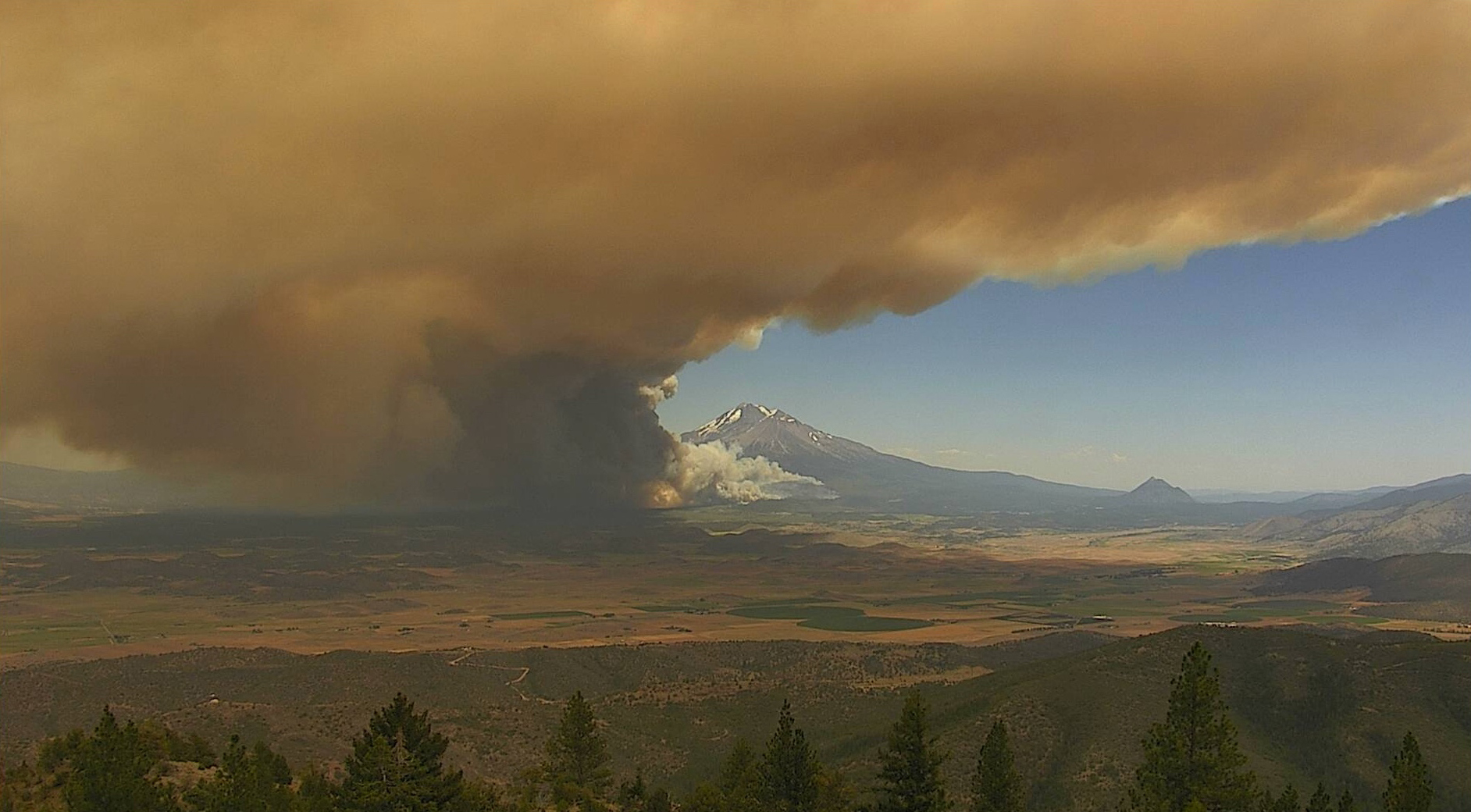In the face of escalating climate change impacts, the imperative to build climate resilience has transcended from a mere environmental concern to a critical societal, economic, and environmental necessity. This article delves into the multifaceted nature of climate resilience, exploring the challenges it presents and the collaborative solutions proposed across various sectors, as articulated in the first ever European evaluation of climate risks, published by the European Commission.
Understanding the Urgency of Climate Resilience
Climate resilience encompasses the ability of societies, economies, and ecosystems to withstand and recover from the impacts of climate change. However, these impacts extend far beyond the environmental realm, posing existential threats to livelihoods, infrastructure, and natural systems. From extreme weather events to sea-level rise, the consequences of climate change are increasingly dire.
To address these challenges, proactive measures are essential. Investing in climate-resilient infrastructure, such as buildings, transportation, and energy systems, can significantly enhance adaptive capacity. Moreover, fostering collaboration and aligning policies at both national and international levels are imperative to effectively tackle climate risks.
Economic Imperatives of Climate Resilience
Businesses, particularly SMEs, are highly vulnerable to climate risks, facing disruptions in supply chains and resource constraints. Recognizing climate risks as top concerns for financial stability is crucial. Institutions such as the European Central Bank emphasize the importance of integrating climate resilience into financial policies. Furthermore, investing in climate-resilient infrastructure presents significant opportunities for economic growth, job creation, and innovation.
Governance and Collaboration for Resilience
Effective governance and collaboration are fundamental for building climate resilience. The EU plays a pivotal role in facilitating cooperation among member states, regions, and local communities. By aligning policies, investments, and initiatives, the EU can maximize impact and ensure a coherent response to climate risks. Enhancing awareness, governance mechanisms, financing mechanisms, and nature-based solutions are crucial steps in this regard.

- By Unmanned remote wildfire camera owned by State of California. – http://www.alertwildfire.org/shastamodoc/index.html?v=fd40729 CalFire, Public Domain, https://commons.wikimedia.org/w/index.php?curid=107066554
Empowering Risk Owners with Tools and Resources
Empowering risk owners with tools and resources is vital for enhancing climate resilience. However, access to clear climate data, modeling tools, and indicators remains a challenge. Provision of climate data, modeling tools, and indicators through platforms like the Climate-ADAPT platform and the Copernicus Climate Change Service can address this challenge. Additionally, enhancing public and private sector capacities through training materials and online courses on climate resilience is essential.
Managing Water Resources: Escalating Risks and Strategies
Climate change exacerbates water scarcity, leading to more frequent droughts and extreme precipitation events. Inadequate water management poses threats to health, the environment, and economies. Comprehensive water management strategies are needed to mitigate water-related risks. This includes integrating climate considerations into water management policies and enhancing resilience in water-dependent sectors such as agriculture and fisheries.
Addressing Climate Change and Public Health
Climate change contributes to increased mortality rates, non-communicable diseases, and infectious diseases due to rising temperatures and extreme weather events. Healthcare systems face strain in addressing climate-related health challenges. Measures to protect workers from climate risks, strengthen surveillance and response mechanisms, and enhance the European Climate and Health Observatory are proposed. Additionally, integrating climate resilience into healthcare policies and infrastructure is essential.
Enhancing the Resilience of Food Supply Chains
Agriculture, fisheries, and aquaculture are vulnerable to climate risks, threatening food security pillars such as availability, access, utilization, and stability. Adaptation actions to safeguard food production and ensure affordability and accessibility are crucial. This includes measures to improve soil health monitoring, integrate climate impacts into fisheries management, and enhance resilience in agricultural practices.

- By United States Forest Service – page, Public Domain, https://commons.wikimedia.org/w/index.php?curid=49099719
Strengthening Infrastructure and the Built Environment
Infrastructure and the built environment are susceptible to climate-related hazards, including floods, wildfires, and extreme temperatures. Strengthening resilience in these sectors is imperative to minimize damage and disruptions. Enhancing infrastructure standards, integrating climate adaptation considerations into European standards, and promoting climate-proofing through renovation and decarbonization initiatives are proposed actions.
Addressing the Economic Implications of Climate Change
Climate-related disasters, supply chain disruptions, and increased financial risks strain economies. Failure to mainstream climate risks into financial market policies could compromise financial stability. Mainstreaming climate risks into financial market policies, supporting SMEs in understanding and mitigating environmental risks, and integrating climate risks into prudential frameworks are proposed actions.
Building climate resilience requires collaborative efforts, innovative solutions, and proactive measures across various sectors. By addressing the challenges posed by climate change and implementing the proposed solutions, societies can navigate uncertainties and emerge stronger and more resilient in the face of climate risks. The path to a resilient future lies in collective action, informed decision-making, and sustained commitment to building climate resilience for generations to come.